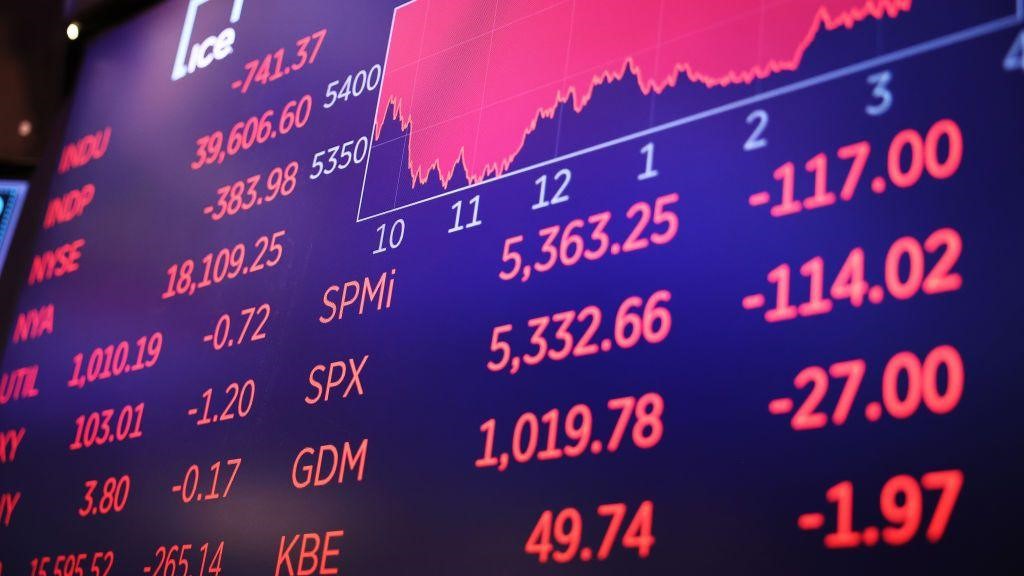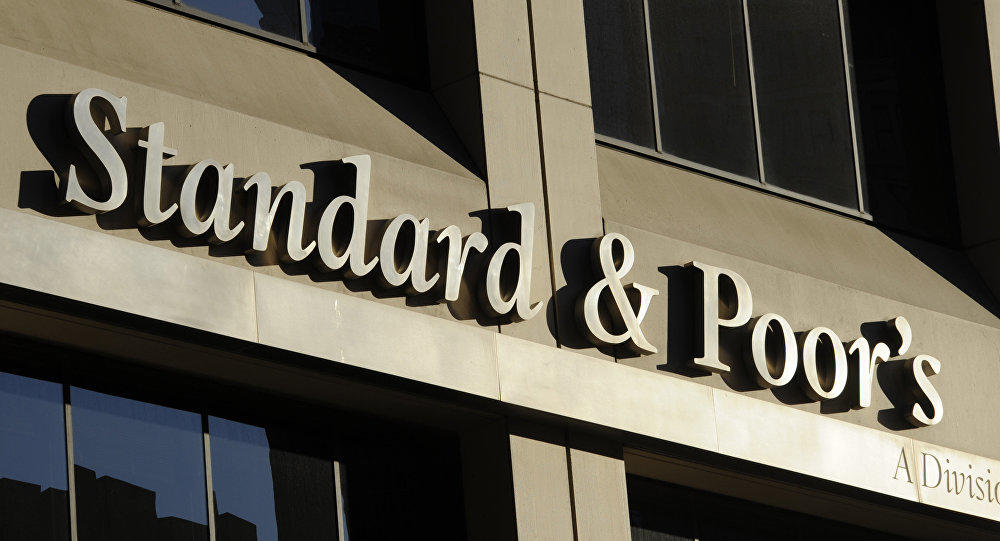Gold Hits New All-Time Trump’s High Amid Tariff Policy Shock

By Linh Tran
Gold prices have just set a new all-time high at $3,167/oz, currently holding steady around $3,148/oz, as global financial markets absorb a major policy shock from the United States.
The primary driver behind gold’s sharp rally stems from the Trump administration’s official activation of additional tariffs on a wide range of imported goods from major economies, including China, India, Vietnam, Brazil, and several European countries. This move is widely seen as the beginning of a new phase of global trade restructuring — a development that has made investors across the world increasingly cautious.
Unlike previous trade tensions that mainly centered on U.S.–China disputes, this round of tariffs is broader in scope, targeting multiple strategic industries such as electric vehicles, semiconductors, steel, and renewable energy. This has raised concerns not only about potential retaliatory measures from affected countries but also about the possibility of a deeper fragmentation of global supply chains in the years ahead.
The market’s immediate reaction was a widespread shift into defensive mode, with capital flowing out of equities and risk assets and into gold — the traditional safe-haven asset. Major gold ETFs like SPDR have recorded significant net inflows for three consecutive sessions, indicating that investors are buying gold not only due to inflation or interest rate concerns but also for its role as a systemic risk hedge, similar to past periods of political and economic turmoil.
One notable aspect of this tariff action is the lack of any clear timeline or exit conditions, making the risks difficult to quantify. Meanwhile, some of the affected countries have already signaled potential retaliation, raising the probability that this could escalate into a multi-lateral trade war.
In this environment, gold is likely to continue attracting capital and potentially reach higher price levels in the near term. As policy risks become increasingly unpredictable, the precious metal is naturally reclaiming its role as the preferred safe haven — not only for individual investors but also for major central banks.
At the same time, U.S. economic data continues to deliver mixed signals, further supporting expectations that the Federal Reserve may soon pivot toward a more accommodative monetary stance, especially if prolonged trade tensions begin to weigh on domestic growth.
The market is set to welcome the release of the Non-Farm Payrolls (NFP) report and the unemployment rate tomorrow. The figures to be published are likely to have an impact on overall market trends, including gold.
Finally, geopolitical risks remain elevated, with investors closely watching the upcoming meeting between senior U.S. and Russian officials this week, amid signs of renewed escalation in the Russia–Ukraine conflict.
Tran is Market Analyst at XS.com






